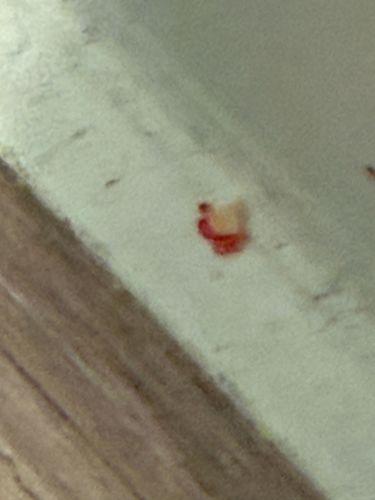Bed Bug
Scientific Name: Cimex lectularius
Order & Family: Hemiptera (order), Cimicidae (family)
Size: 4-5 mm (adults)

Natural Habitat
Dwellings where humans or other warm-blooded animals sleep, such as beds, mattresses, bed frames, furniture, cracks in walls, and behind wallpaper. They are highly adaptable to human environments.
Diet & Feeding
Exclusively blood-feeders. They feed on human blood, but will also feed on other warm-blooded animals if humans are not available. They typically feed at night while hosts are sleeping.
Behavior Patterns
Nocturnal, hiding in crevices during the day and emerging at night to feed. They are attracted to carbon dioxide and body heat. They are skilled hiders and can be difficult to detect. Females lay multiple eggs over their lifespan, contributing to rapid population growth.
Risks & Benefits
Risks: Bed bugs do not transmit diseases, but their bites can cause itchy welts, skin irritation, and allergic reactions in some individuals. Heavy infestations can lead to psychological distress, sleep deprivation, and secondary skin infections from scratching. They are pests that are difficult and costly to eradicate. Benefits: None known for humans or the ecosystem; they are considered purely pests.
Identified on: 11/19/2025